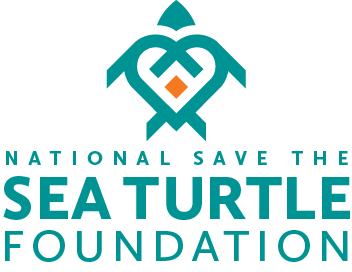Hawksbill Turtle Aggregation Being Documented in the Lower Florida Keys
Larry Wood, Ph.D.
Since its inception in 2004, the Florida Hawksbill Project has aimed to gather comprehensive data concerning the abundance, distribution, and behavior of hawksbills in Florida waters. The majority of the effort has been focused on the reefs of Palm Beach County, where their abundance has been important in developing a baseline from which we can compare aggregations elsewhere.
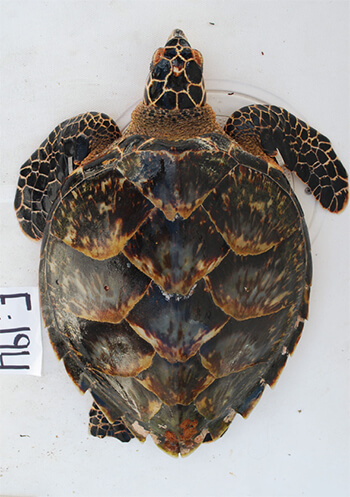 Hawksbill turtles are known for the unparalleled
Hawksbill turtles are known for the unparalleledbeauty of their shells. Each plate, known a s a
“scute”, is made of keratinized tissue, just like
your fingernails. Hawksbill scutes have been
prized by artisans for centuries.
With the support of the National Save The Sea Turtle Foundation, the Project has been able to extend its focus to the opposite end of the Florida Reef Tract, in the beautiful shallow coral reefs just off the shores of Key West. Here, team members were able to discover areas most likely to be inhabited by hawksbills, and were able to capture six individuals for evaluation and documentation. They were healthy young turtles with strikingly patterned heads and beautiful shells. As expected, these turtles were, on average, smaller than those we typically find in the deeper waters of Palm Beach County, indicating that they have more recently arrived from pelagic ‘juvenile-stage’ habitats to the nearshore ‘subadult-stage’ environment. We suspect that some may move northward along Florida’s east coast as they mature, and carry with them clues of their whereabouts as they go. To test our hypothesis, we are taking small samples of blood, skin, and shell from hawksbills all along the coastline to help track their intake of carbon, nitrogen, and sulfur as they’ve grown. Some of the variants of these elements are known to be unique to certain food sources and locations along Florida’s coast, thus leaving a timeline of their intake (and associated location) within the slow-growing tissues of the turtles.
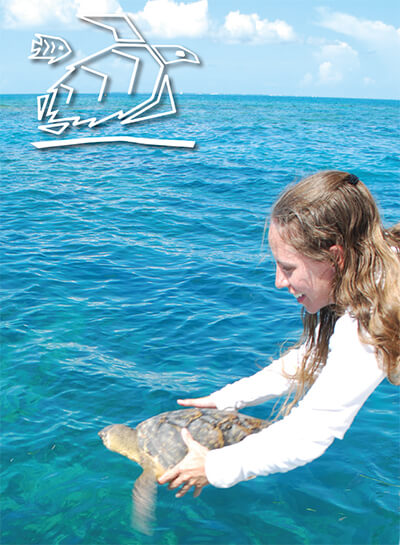 Hawksbill turtles were briefly retained aboard the RV Hawksbill II for measurements, tagging, sampling and photographs. They were then released where they were found.
Hawksbill turtles were briefly retained aboard the RV Hawksbill II for measurements, tagging, sampling and photographs. They were then released where they were found. 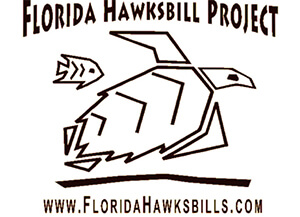
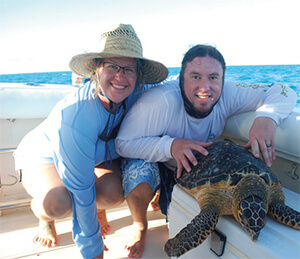
Science educators Leslie and Tanner Thomas
joined us as volunteers as we searched for
hawksbills offthe coast of Key West.
joined us as volunteers as we searched for
hawksbills offthe coast of Key West.
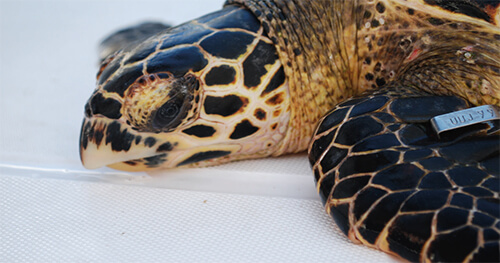
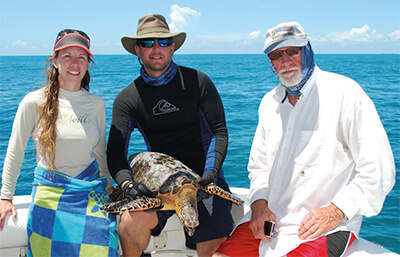
Ms. Cole Reintsma, Mr. Rick Newman, and Captain Nick
Reeves with a newly tagged young hawksbill turtle,
Eretmochelys imbricata.
Reeves with a newly tagged young hawksbill turtle,
Eretmochelys imbricata.
Helping Sea Turtles Survive for 38 Years
A NON-PROFIT ORGANIZATION
State of Florida Registration Number CH-2841 | Internal Revenue Code 501 (c) (3)
Web Design & Development by Web Expressions, LLC
